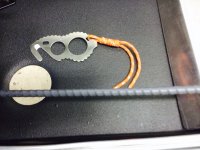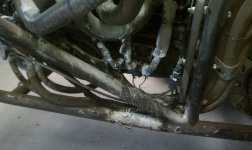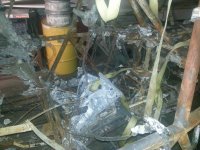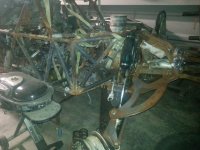Finally sitting in front of my laptop with tons of fire suppression pics. So here's my take-
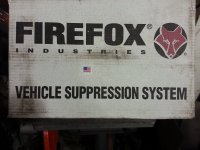
When I raced Class 1 Unlimited we had a Firefox system on the car. Didn't know much about it because we bought the car with it already installed. I say "we" but I was just a team member and eventually the Crew Chief, I had no financial interest in the team, basically, it wasn't my money, just my time. Back on topic- The system had 4 nozzles, one on the dash and one pointed at each header. We never did any maintenance to the system, and honestly didn't know if it even needed any? The pressure gauge on the bottle showed in the green so we left it alone. A year or so into racing this particular car the bottles nozzle head was stepped on and the system discharged. This sucked because that crap got everywhere. Good to know it worked but we had a race in 2 days. I called Firefox and they said to ship them the bottle and they'd refill and return it to us. They were back east or something. We talked to our sponsor and friend Jeff Quinn (RIP) at McKenzies Performance and he said he carried the ESS system and they could be refilled DIY style. We bought one but didn't have time to install it before the next race. No biggie, rules didn't say you had to have ne, just two extinguishers on board.
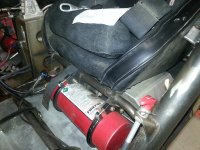
This is the system in our second Class 1 car where the bottle was stepped on and discharged. I changed it so the nozzle was out of the way and I also moved the pull handle from the drivers left knee area to the dash. When I'm riding in the car I should be able to pull the handle.
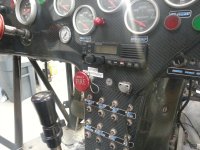
Dash with single handle for Firefox before I installed the ESS.
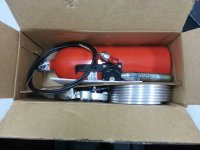
Post race prep I got the ESS system installed. Already having the Firefox we decided to make that system for 'in-cab' use and the new ESS for the engine area. First thing it to throw the rolled up aluminum tubing that comes with the ESS system in the trash. It is almost impossible to make straight. Next is to get better P clips and most important- get Firefox nozzles. The ESS are just a -4AN plug with a slot cut in them. I don't feel the spray pattern is adequate and the Firefox are much better, actually machined with two slits giving a better spray.
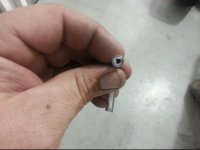
Tubing cutters are great but the tube needs to be reamed out after cutting.
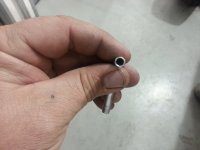
Takes 10 seconds and is 100% better.
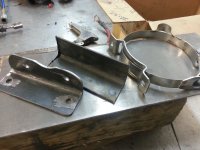
I fabbed up two brackets that would be welded to the chassis under the drivers seat.
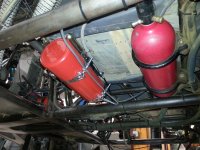
You can see how bent up the ESS aluminum tubing is after trying to straighten it out. This was mock up and I replaced it with 1/8" stainless tubing. Ignore the Passenger 2 written on the seat. I promise this is the drivers seat.
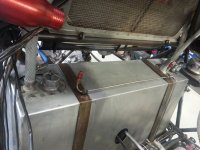
For the 'in-cab' system one nozzle was on the dash and I added two for the fuel cell, one on each side because we had dual filler necks. Notice the red Firefox nozzles.
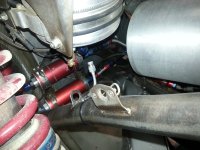
ESS spray nozzle pointing at the dual fuel pumps. The nozzle would be upgraded to the Firefox later on.
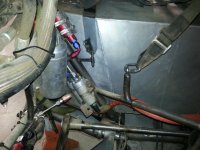
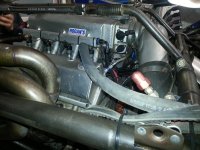
One nozzle pointed at each header.
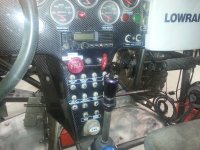
Dual systems installed, and both would be put to use soon there after.


